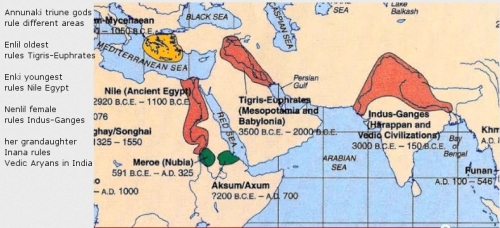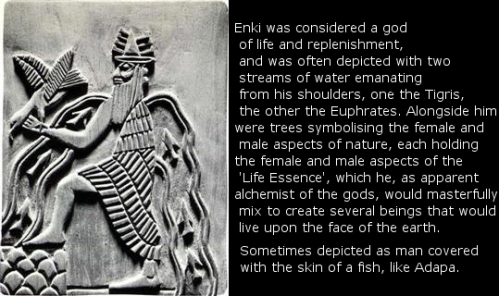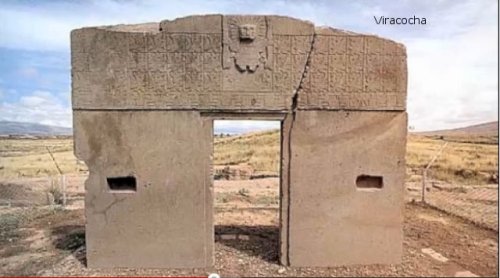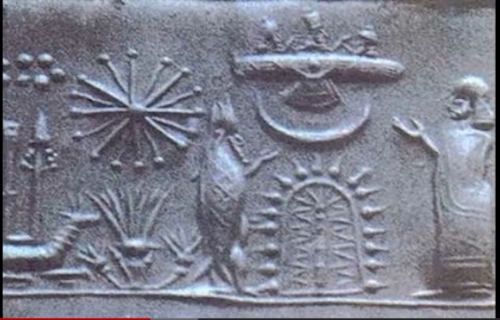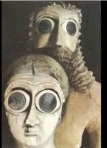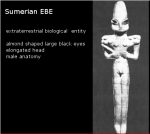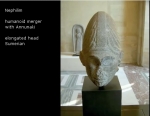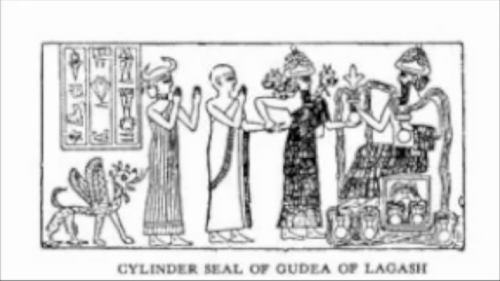 Sumerian god Ea with horns, fleurdelis, river, fish, winged lion[/caption]By now, most everyone has heard about the Annunaki, the star people documented in the architecture of ancient Sumeria, whose interactions with the humanoids then existent might have taken humanity in a new direction. A theory I’ve never heard before, is that in addition to visiting Sumer, in the area of Iraq, or what we know as “the Cradle of Civilization”, the Tigris-Euphrates River Valley, alien gods of the Akkadians may have also visited the ancient peoples of India, as well as Egypt, and even Peru.
Sumerian god Ea with horns, fleurdelis, river, fish, winged lion[/caption]By now, most everyone has heard about the Annunaki, the star people documented in the architecture of ancient Sumeria, whose interactions with the humanoids then existent might have taken humanity in a new direction. A theory I’ve never heard before, is that in addition to visiting Sumer, in the area of Iraq, or what we know as “the Cradle of Civilization”, the Tigris-Euphrates River Valley, alien gods of the Akkadians may have also visited the ancient peoples of India, as well as Egypt, and even Peru.
Of the trinity of three gods of the Sumerians, Enlil the oldest male ruled Babylonia and the Tigris-Euphrates Rivers, 3500 BCE – 2000 BCE. Nenlil, the female sister, ruled the Indus-Ganges River area of north India, the Harappan and Aryan Vedic civilization 3000 BCE – 150 BCE. Nenlil’s granddaughter, Inana, ruled the Vedic Aryans, who knew her as the goddess Kali. Enki, the youngest male sibling ruled the Nile River between ancient Egypt 2920 BCE – 1100 BCE, to Nubia 591 BCE – 325 AD and Aksum 200 BCE – 700 AD. It is also thought descendents of Enki might have travelled to Peru and appeared as the god Quetzlcoatl to ancient peoples there.
Enlil’s son Marduk will rule Babylon for a time. In the annals of history, the records show him with the Indian name Ahuru Mazda. He is often shown with his farqvahar or flying winged disc. Marduk will become the father of Zoroaster. He will also do battle with the gods and goddesses of India, and eventually kills Anana Kali, his distant relative.
Enki will father a son called Ningish Zida, who rules Egypt after him, head of a lineage of pharohs. Ningish Zida is also thought to have fled Egypt and travelled to South America, where his flights over the Nazca plains will be documented with the famous lines on the ground.
